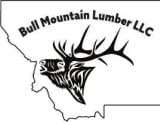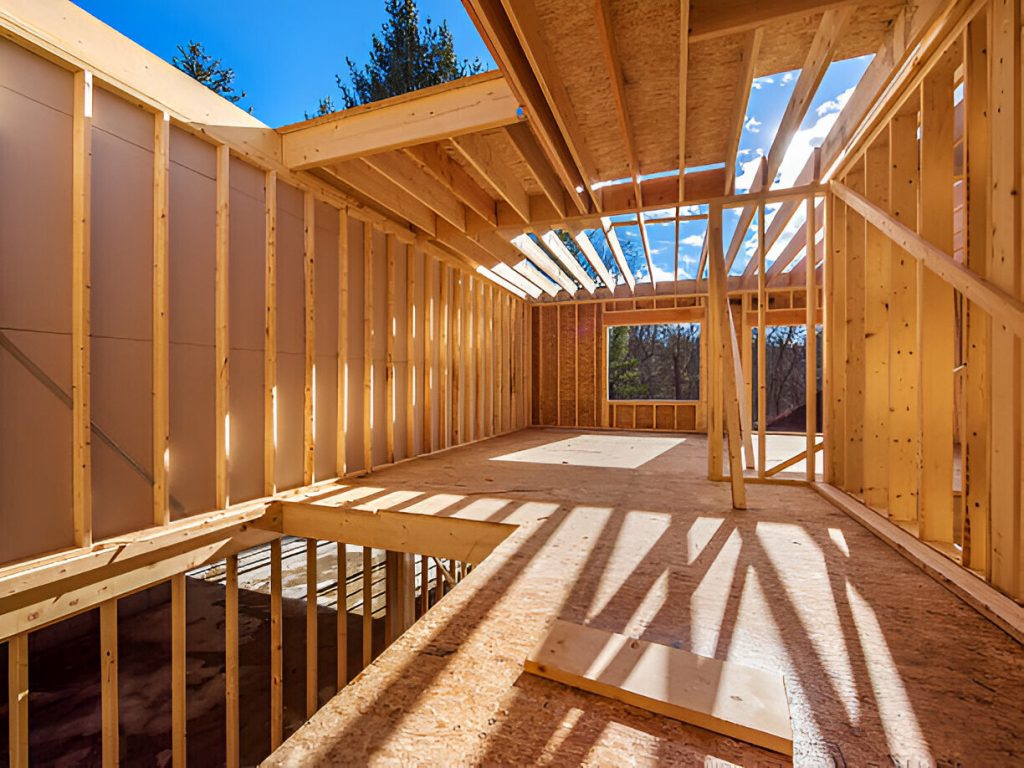Choosing the right type of construction lumber for your project is crucial for durability, stability, and cost-effectiveness. Whether you’re building a house, a deck, or furniture, the wrong type of wood can lead to structural failures, wasted money, and unnecessary headaches.
Lumber comes in many varieties, each suited to different applications. Some types are strong and durable for framing, while others are more aesthetic for finishing work. Understanding the differences will help you pick the right material for your needs.
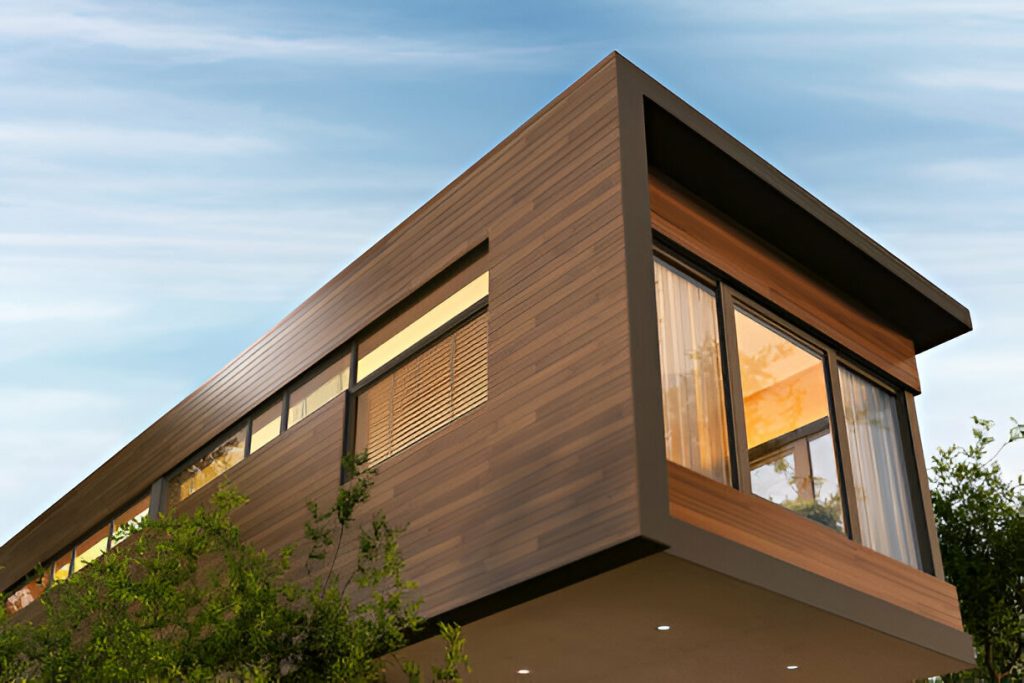
Factors to Consider When Buying Lumber
Choosing the right construction lumber is essential for the success of any construction project. Several factors must be considered to ensure durability and efficiency, including quality, cost, size, and moisture content. Below are key factors to keep in mind when purchasing lumber.
Checking for Defects: Knots, Warping, and Cracks
Defects in lumber can significantly impact its strength and usability. Knots are common but can weaken the wood if they are large or loose. Warping occurs when lumber twists or bends due to uneven drying, making it difficult to work with. Cracks (splits or checks) can weaken the wood, making it unsuitable for load-bearing applications. To avoid problems, inspect each board for straightness, smooth surfaces, and minimal knots. For structural applications like framing, choose high-grade lumber with fewer defects. Small knots may be acceptable when buying wood for furniture or decorative projects, but cracks and excessive warping should be avoided.
Understanding Lumber Grades and Strength Ratings
Lumber grades indicate quality and strength, helping buyers choose the right material for their project. Structural lumber is graded based on strength, with No. 1 and No. 2 grades being ideal for framing. No. 3 and Utility grade lumber is lower quality, suitable for non-structural applications. Hardwoods are graded differently, with Select and Common grades, where Select grade is better for fine woodworking due to minimal defects. Strength ratings such as Fb (bending strength) and E (modulus of elasticity) determine how much weight the wood can support. Understanding these ratings ensures you purchase lumber that meets safety and durability requirements, preventing issues like sagging or structural failure.
Choosing the Right Size: Nominal vs Actual Dimensions
Lumber is sold based on nominal sizes, which differ from actual dimensions due to the milling process. For example, a 2×4 board measures 1.5 × 3.5 inches. Understanding these size differences is crucial when planning construction projects to ensure proper fit and structural integrity. Lumber is available in various lengths, typically ranging from 6 to 16 feet, and should be selected based on project requirements. Always measure the actual size before purchasing, especially when buying large quantities. Using incorrectly sized lumber can lead to misalignment, weak joints, and material waste. Consulting a lumber sizing chart before buying can help prevent costly mistakes in cutting and fitting.
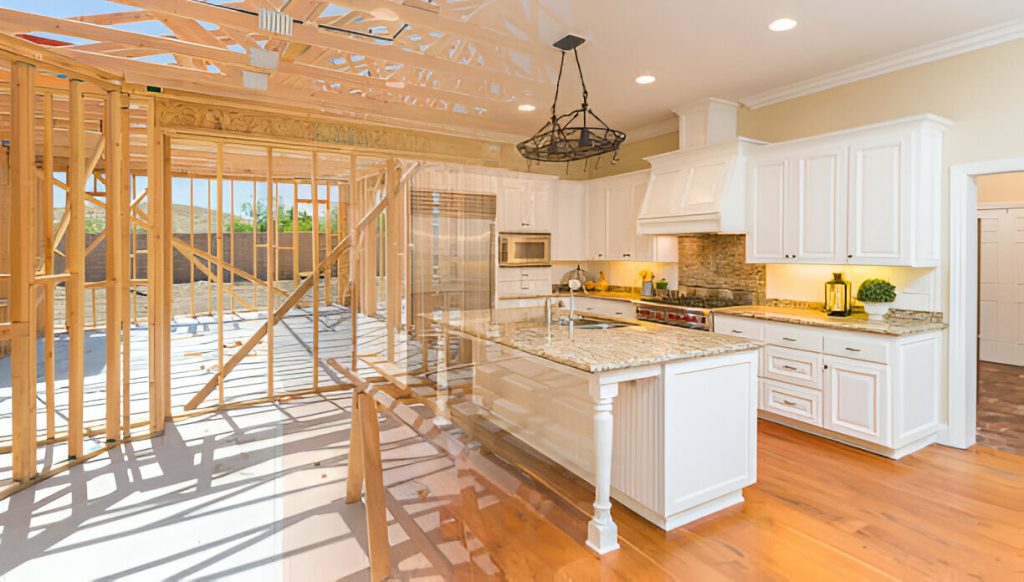
Moisture Content and Drying Methods
Moisture content plays a major role in wood stability and durability. Lumber with high moisture content tends to shrink, crack, or warp as it dries. Kiln-dried (KD) lumber is the best option for indoor use because it has a moisture content of around 6-12%, making it stable. Air-dried lumber, while cheaper, retains more moisture and may continue to shrink over time. For outdoor projects, wood with higher moisture content (around 19%) is acceptable, as it will dry naturally. Using wood with improper moisture content can lead to warped flooring, cracked furniture, or unstable framing. Before buying, check for moisture meters at the lumberyard to ensure you’re getting the right type of lumber for your needs.
Cost and Budget Considerations
Lumber prices vary based on wood species, quality, and size. Softwoods like pine and fir are more affordable and commonly used for framing, while hardwoods like oak and walnut are more expensive but offer better aesthetics and durability. Pressure-treated wood costs more than untreated lumber due to its added protection against moisture and insects. Buying in bulk can reduce costs, but always inspect the wood for defects before purchasing. Additionally, consider the waste factor—warped or cracked boards may need to be cut down, leading to more material waste. Balancing quality and cost ensures you get the best lumber for your project while staying within budget. Comparing prices at local lumber yards and big-box stores can help you find the best deals.
Types of Construction Lumber
Lumber comes in various types, each suited for different construction needs. Choosing the right type ensures the durability and stability of your project.
Softwood vs. Hardwood
Softwood and hardwood are the two main categories of construction lumber. Softwoods (such as pine, fir, and cedar) come from coniferous trees and are widely used for framing, flooring, and decking due to their affordability and ease of use. They grow faster, making them more sustainable and cost-effective. Hardwoods (such as oak, maple, and walnut) come from deciduous trees and are denser and more durable, making them ideal for furniture, cabinetry, and high-end flooring. While softwoods are more commonly used in general construction, hardwoods provide strength and aesthetic appeal for fine woodworking. Choosing between them depends on the project’s needs, with softwoods being best for structural purposes and hardwoods for decorative applications.
Pressure-Treated vs Untreated Lumber
Pressure-treated lumber is chemically treated to resist moisture, decay, and insect damage, making it ideal for outdoor structures like decks, fences, and garden beds. It lasts much longer than untreated wood, especially in damp environments. However, the chemicals used can be harmful if inhaled or touched frequently, so it should not be used for indoor applications or furniture. Untreated lumber, on the other hand, is natural and free of chemicals, making it suitable for indoor framing, flooring, and furniture. While untreated wood lacks the durability of pressure-treated wood outdoors, it can be sealed or painted for added protection. Selecting between the two depends on whether the project is indoor or outdoor, with pressure-treated wood being the better choice for moisture-prone areas.
Plywood and Engineered Wood
Apart from solid wood, plywood and engineered wood products offer cost-effective and durable alternatives. Plywood is made by gluing together thin layers of wood, providing strength and flexibility for subflooring, roofing, and furniture. It resists cracking and warping better than solid wood, making it a popular choice for construction. Oriented Strand Board (OSB) is another engineered product, commonly used in wall sheathing and flooring due to its strength and affordability. Medium-Density Fiberboard (MDF) and particle board are used for cabinetry and furniture but lack structural strength. Engineered wood products are generally more resistant to warping and moisture damage than solid wood, making them great for large-scale construction and home improvement projects.
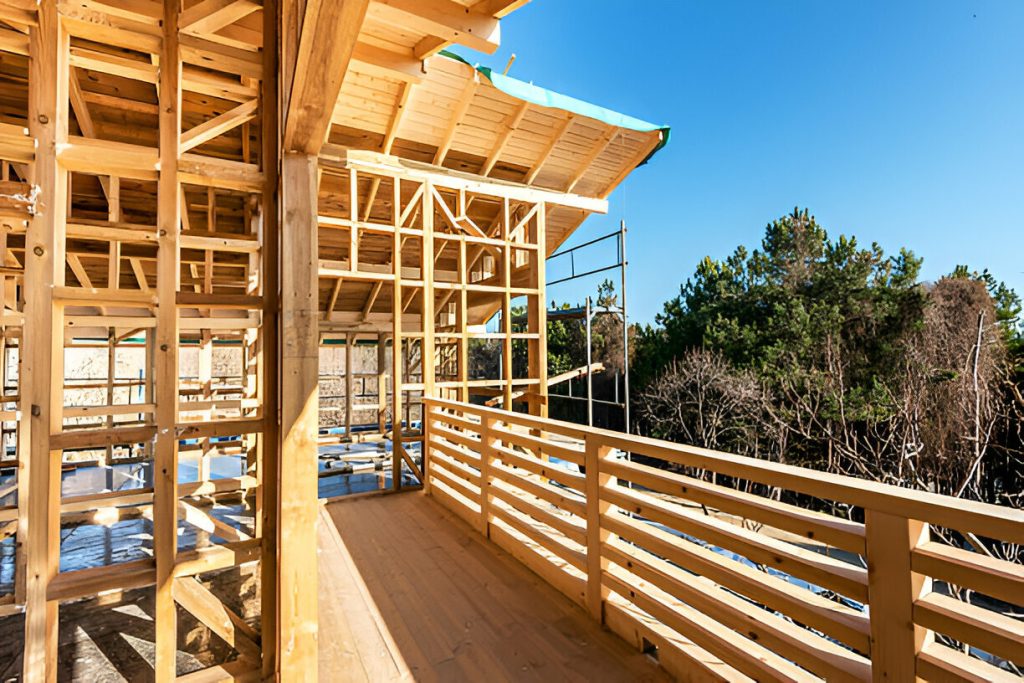
Choosing Lumber Based on Strength and Durability
Different construction projects require varying levels of strength and durability in lumber. Choosing the right type ensures longevity and safety.
Structural vs Non-Structural Applications
Structural lumber is used for framing, beams, and supports, where strength and stability are critical. Examples include Douglas Fir, Southern Yellow Pine, and Hem-Fir, which are known for their high load-bearing capacity. These woods are commonly used in home and commercial construction, ensuring buildings remain sturdy and reliable. Non-structural lumber, on the other hand, is used for decorative purposes like trim, paneling, and furniture. Woods like cedar, maple, and cherry are commonly chosen for their aesthetic appeal rather than strength. Using non-structural wood for load-bearing purposes can lead to structural failures, while using high-strength wood for decorative purposes may be unnecessarily expensive. Selecting the right type based on application prevents waste and enhances durability.
Load-Bearing vs Non-Load-Bearing Lumber
Load-bearing lumber must support weight and withstand pressure, making strength a priority. Douglas Fir and Southern Pine are excellent choices due to their density and ability to hold nails and screws securely. These woods are commonly used for roof trusses, beams, and wall studs in construction. Non-load-bearing lumber is used where strength is not a primary concern, such as in cabinets, shelves, and decorative molding. Hardwoods like walnut and oak are often chosen for their fine appearance and durability in furniture making. The wrong choice of lumber can compromise a structure’s stability, so always verify if a project requires load-bearing or decorative wood before purchasing.
Moisture and Decay Resistance
Certain types of lumber naturally resist moisture and decay, making them suitable for outdoor or high-humidity environments. Cedar, Redwood, and Teak contain natural oils that prevent rot and insect infestations, making them perfect for decks, fences, and outdoor furniture. Pressure treated wood is another option, chemically enhanced to resist moisture damage, but it should not be used for indoor applications due to its chemical treatment. When working in basements, bathrooms, or kitchens, choosing moisture-resistant wood like marine plywood or properly sealed hardwoods ensures longevity. Using the wrong type of wood in damp environments can lead to warping, cracking, and mold growth, so moisture resistance should always be a key factor in selecting lumber.
Understanding Dimensional Lumber Sizes
Lumber sizes can be confusing because the actual size differs from the nominal size.
| Nominal Size (Inches) | Actual Size (Inches) |
| 2 × 4 | 1.5 × 3.5 |
| 2 × 6 | 1.5 × 5.5 |
| 2 × 8 | 1.5 × 7.25 |
| 4 × 4 | 3.5 × 3.5 |

Conclusion
Choosing the right construction lumber is crucial for ensuring durability, strength, and cost-effectiveness in any project. Understanding factors such as lumber grades, defects, moisture content, and size variations helps in making informed decisions. Choosing structural-grade wood for framing, moisture-resistant lumber for outdoor use, and high-quality hardwoods for furniture ensures longevity and stability. Inspecting lumber for knots, warping, and cracks prevents construction issues while balancing quality and budget helps optimize costs. Whether buying from a local lumber yard or a big-box store, careful selection guarantees better results. By considering these key aspects, you can confidently purchase the best lumber, ensuring a strong and long-lasting build for your project.
